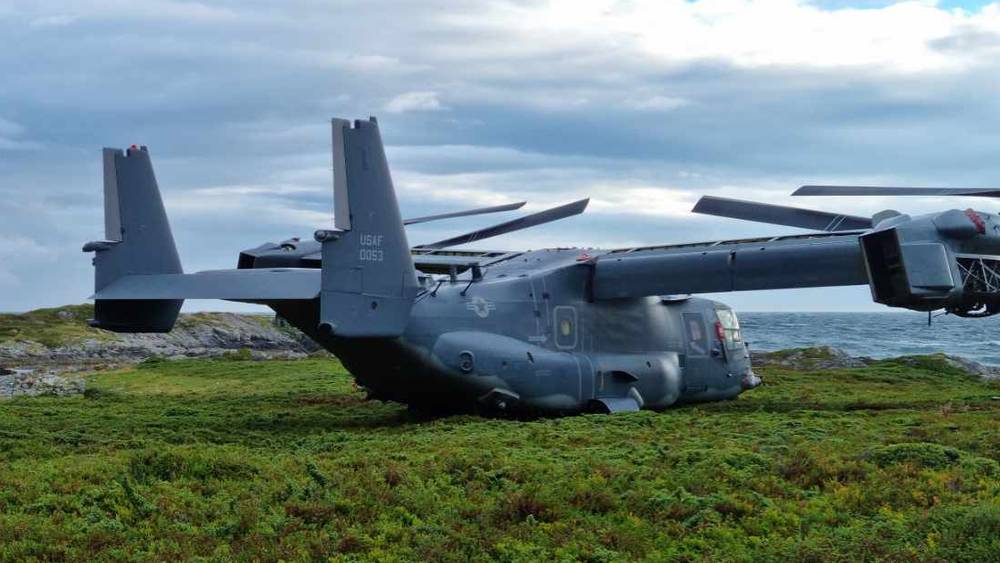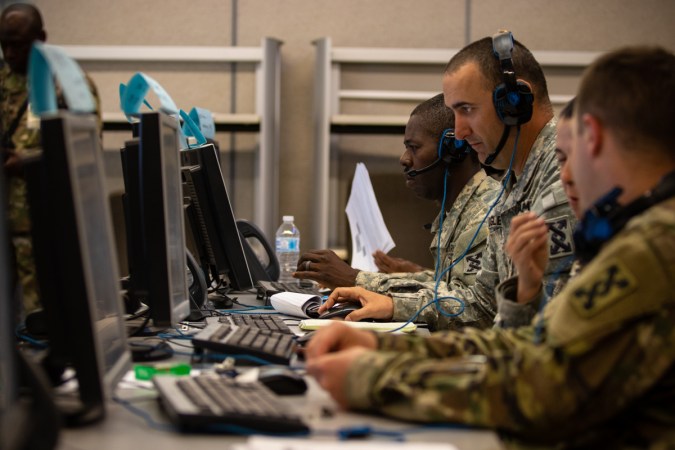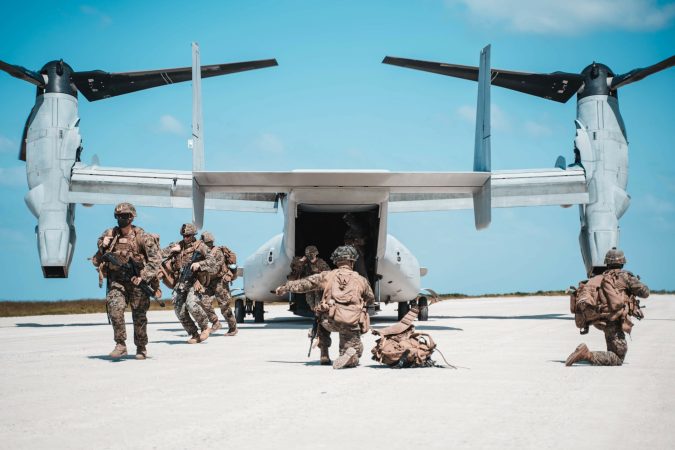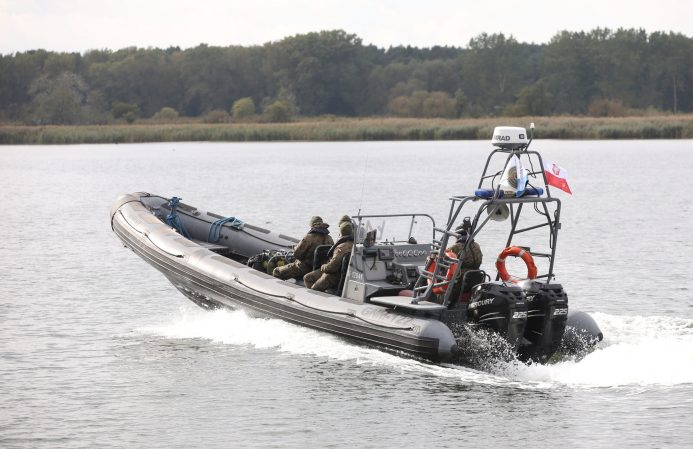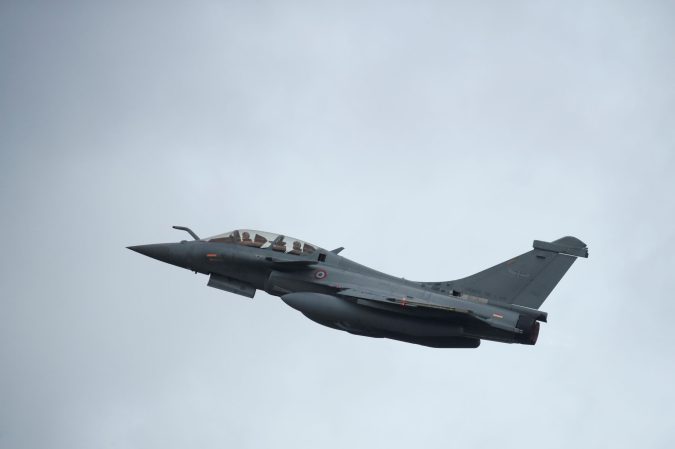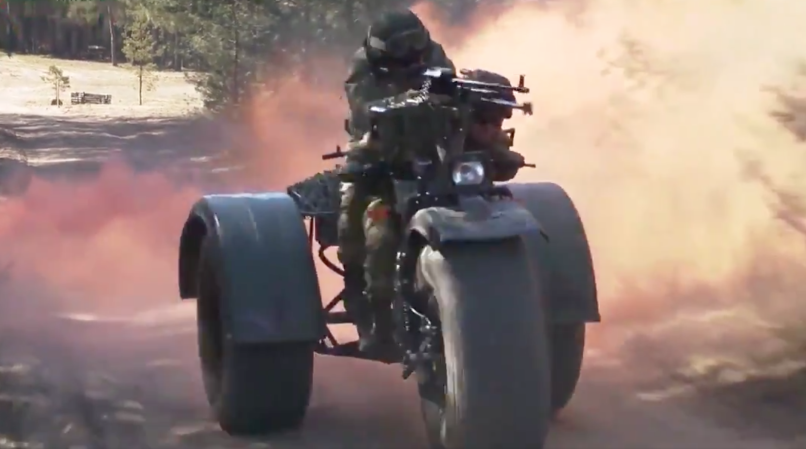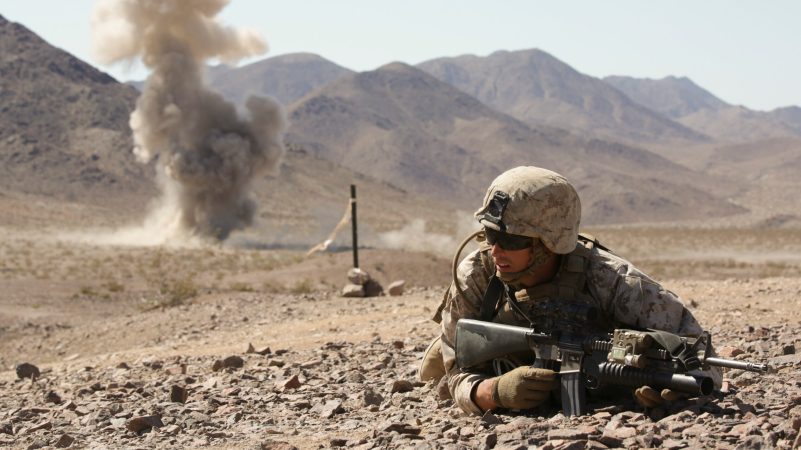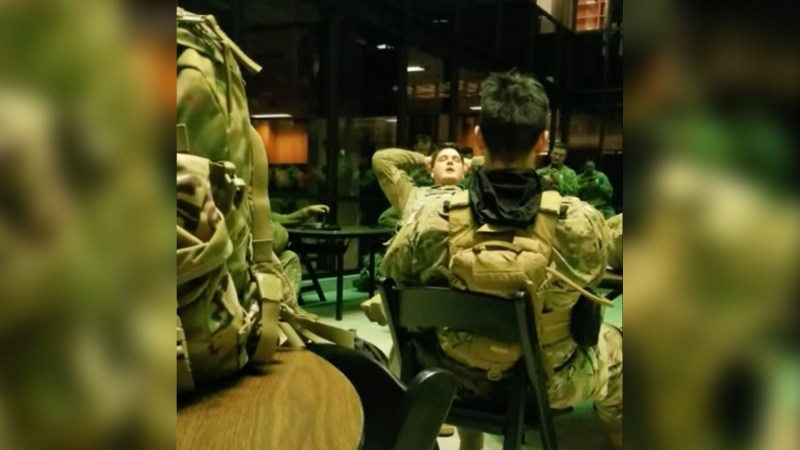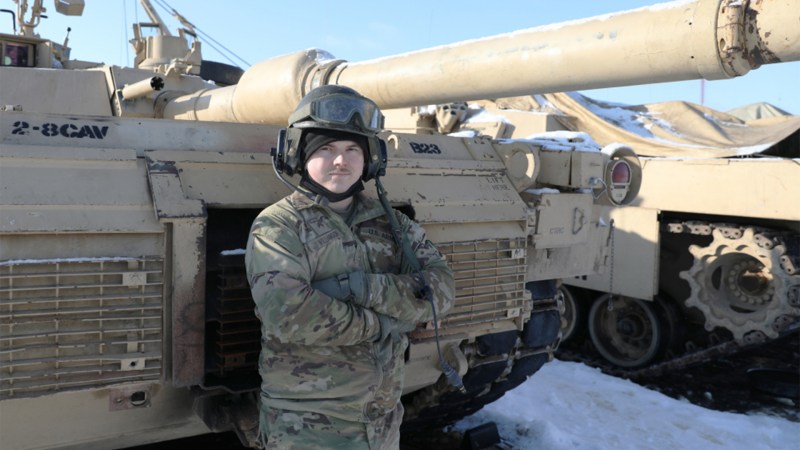Norway finally has a plan to get an American CV-22 Osprey that’s currently stuck on a nature reserve. The tiltrotor aircraft has been stuck on an island in the northernmost part of Norway for almost a month.
The plan is still waiting on approval from the U.S. Air Force, and is dependent on the weather in a notoriously unpredictable part of Norway, according to a spokesperson for the Norwegian Air Force. Even though it is summer, storms, cold weather and heavy winds affect the island of Senja, part of Troms and Finnmark County. The Osprey is on the southern part of the island, and a photo provided by the Norwegian Armed Forces shows it close to the water, but far enough where retrieval is difficult. Stongodden is a nature reserve, with a delicate and vulnerable landscape, and any effort to get the aircraft must avoid disturbing the land.
The Osprey is one of the Air Force Special Operation Command’s aircrafts. The emergency landing was caused by a hard clutch engagement, where the clutch slips on one of the engines, transferring power to the other. When it quickly reengaged, the sudden torque can rapidly throw an Osprey off balance. The Norway incident is one of two the last three months that prompted AFSOC to ground its entire fleet of 52 Ospreys. No one was hurt in the emergency landing. The fleet is now cleared for operations again, but the hard clutch engagement problem hasn’t been solved.
On Aug. 12, a U.S. Osprey aircraft had a controlled emergency landing in the nature reserve on Stongodden. Stongodden is located on the southern tip of the island of Senja in Troms and Finnmark, the northernmost county in Norway.
The Norwegian military developed a retrieval plan after working with the county’s environmental protection office, according to Lt. Col. Eivind Byre, head of communications for the Royal Norwegian Air Force. The aim is to launch the operation this weekend, but the plan is still waiting on approval from the U.S. Air Force.
Subscribe to Task & Purpose Today. Get the latest military news, entertainment, and gear in your inbox daily.
The proposal involves retrieving the aircraft with a crane boat, but to make this possible, the plane must be moved a little closer to shore, according to Byre.
“Therefore, we plan to build a small road out of wood materials which makes as little harm to nature as possible,” Byre said. “Weather and wind in Norway this time of the year can change quite quickly, and is an important factor to consider. Hopefully we will be able to start the operation this weekend.”
Along with a road, a ramp and a jetty will be built to move the aircraft and create conditions favorable for a retrieval by sea. Due to concerns of the Osprey toppling over, disassembling the aircraft and moving it in pieces has been ruled out.
The plan is incredibly complicated and “something neither we nor the Americans have done before,” chief sergeant for 139 Air Wing in the Maritime Helicopter Wing, Odd Helge Wang told Norway Posts soon after the Osprey made its emergency landing.
The Osprey stuck in Stongodden is the latest lost aircraft the military has been trying to retrieve off of Europe this summer. Last month the Navy was able to fish an F/A-18E Super Hornet out of the Mediterranean Sea after intense weather blew it off of the deck of the USS Harry S. Truman in July. In March, a Marine Corps MV-22 Osprey crashed during a training exercise in a different part of Norway, killing four Marines.
The latest on Task & Purpose
- The Navy’s ‘ghost fleet’ is growing
- Watch Iran try (and fail) to kidnap an American drone boat at sea
- Little Debbie snacks are being retired from service at military commissaries
- We salute the airmen who got 300 Chick-fil-A sandwiches flown in to feed their buddies
- Watch an Air Force pararescue vet fight off an alligator attack with his bare hands
Want to write for Task & Purpose? Click here. Or check out the latest stories on our homepage.

